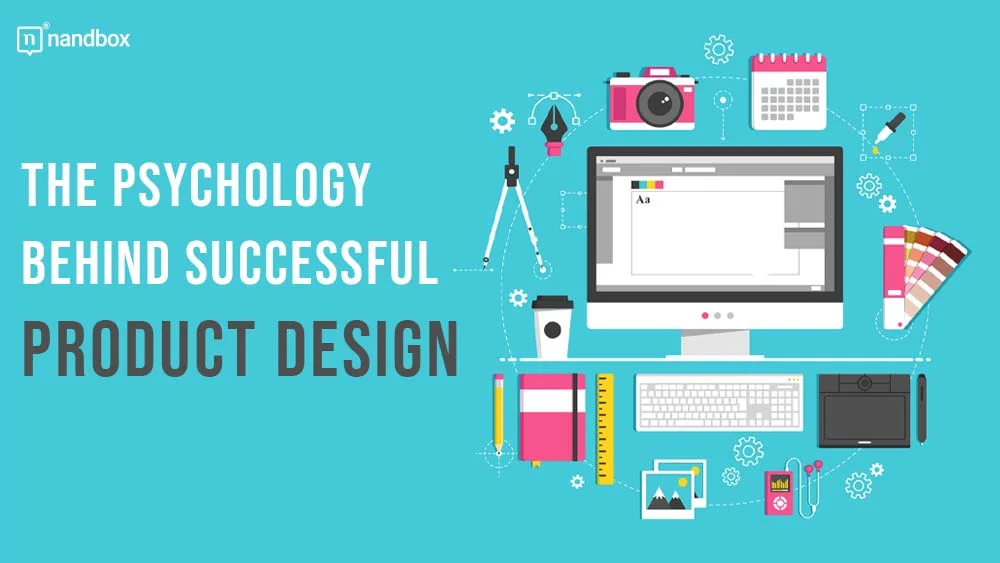Decoding the Psychology of Successful Product Design
In navigating the intricate journey of bringing a new product to market, understanding the psychological underpinnings that drive consumer engagement and satisfaction has proven to be a cornerstone of success. From the subtle yet profound impact of color choices that captivate our senses to the critical importance of ergonomic design for user comfort and efficiency, the art of product design is deeply rooted in a comprehensive appreciation of human behavior and emotional connectivity. Moreover, the delicate balance between innovation and familiarity, coupled with the influential power of social proof, underscores the necessity for a purpose-driven approach to design. This article delves into the psychological frameworks that successful product designers leverage to create offerings. This not only meets but exceeds consumer expectations, fostering a deep-seated emotional bond between the user and the product, even in the most challenging of times.
Understanding Consumer Behavior: The Key to Product Design Success
Delving into the psychology of consumer behavior is essential for crafting products that resonate with the market. At the core of successful product design lies the ability to empathize with and predict consumer needs and desires. This process involves a deep understanding of the emotional and rational factors that drive consumer decisions. By integrating psychological principles into product design, companies can create more engaging and satisfying user experiences. This approach not only enhances the usability of products but also fosters a stronger emotional connection between the product and its users. This, in turn, significantly boosts the likelihood of success in competitive markets.
Identifying the key factors that influence consumer behavior is crucial for effective product design. These include:
- Emotional Appeal: Products that evoke positive emotions or alleviate negative feelings tend to be more successful. Designing with an understanding of the emotional impact can greatly enhance product appeal.
- Usability and Functionality: A product’s ease of use and its ability to meet users’ needs are fundamental. Products designed with user experience in mind are more likely to be adopted and recommended.
- Social Influence: The perception of a product within a user’s social circle can significantly affect its desirability. Leveraging social proof and testimonials can be powerful tools in product design.
Integrating consumer psychology into product design is not a one-time task but a continuous process of learning and adaptation. It requires ongoing research and feedback gathering to stay aligned with consumer expectations and market trends. By prioritizing the understanding of consumer behavior, designers and companies can ensure their products remain relevant and appealing. This strategic focus on the consumer not only leads to more successful products but also fosters innovation and creativity in design, setting the stage for long-term success in the marketplace.
Emotional Connections: How Products Speak to Our Feelings
Understanding the intricate relationship between products and our emotions is crucial for successful product design. Products that resonate on an emotional level can create a strong bond with consumers, often leading to brand loyalty and repeat purchases. This connection is not accidental but the result of meticulous design and marketing strategies. Designers leverage colors, shapes, textures, and even scents to evoke specific feelings and memories. Creating an emotional connection with the user transforms a simple object into a cherished possession, imbuing it with personal significance and value beyond its functional purpose.
The role of storytelling in product design cannot be overstated. A compelling narrative woven into the product’s design and marketing can significantly enhance its appeal. Consumers are not just buying a product. They are buying into a story, an idea, or a lifestyle that the product represents. Storytelling taps into our innate love for narratives, making products more relatable and desirable. By embedding a product within a story, designers can appeal to the user’s imagination, aspirations, and emotions. This makes the product an integral part of their personal story.
Feedback loops play a pivotal role in strengthening the emotional bond between a product and its user. When a product not only meets the user’s needs but also anticipates and adapts to their changing preferences, it creates a sense of understanding and care from the brand. This dynamic interaction, facilitated by smart technologies and user feedback, fosters a deeper emotional investment in the product. Products that evolve with their users signify a commitment to their satisfaction and well-being, making the emotional connection all the more profound.
Ergonomics and Usability: Designing for Comfort and Efficiency
The intersection of ergonomics and usability plays a pivotal role in crafting products that not only meet aesthetic appeal but also ensure optimal functionality and user comfort. By prioritizing these aspects, designers can significantly enhance the user experience, leading to increased satisfaction and loyalty. It’s essential to integrate ergonomic principles right from the initial stages of design to address the physical interaction between the product and its users. This approach not only helps reduce user fatigue and discomfort but also boosts efficiency and productivity. Moreover, products designed with a keen focus on ergonomics and usability tend to stand out in the market, as they cater to the undefined needs and preferences of users, thereby fostering a stronger connection and a sense of reliability towards the brand.
Innovating with Purpose: Balancing Novelty and Familiarity in Design
Creating a successful product design requires a delicate balance between introducing innovative features and maintaining a sense of familiarity that users can connect with. This equilibrium is crucial for fostering user engagement and ensuring a product’s market acceptance. Novelty attracts attention and can differentiate a product in a crowded marketplace, but it must not alienate users with its unfamiliarity. On the other hand, familiarity breeds comfort, making it easier for users to adopt and integrate the product into their daily lives. Key strategies to achieve this balance include:
- User-centric design: Understanding and anticipating the needs and preferences of the target audience.
- Iterative testing: Employing a cycle of testing and feedback to refine the product in alignment with user expectations.
- Contextual innovation: Introducing new features that are relevant and add value to the user’s experience without overwhelming them.
Moreover, the psychological impact of a well-designed product cannot be overstated. It has the power to evoke emotions and build a connection with its users. As a result, it turns a functional item into a cherished part of their routine. Emotional design plays a pivotal role in this process, as it taps into the user’s feelings and memories, creating a sense of attachment to the product. By skillfully blending innovation with elements of familiarity, designers can craft products that are not only functional but also resonate on a deeper emotional level with their audience, ensuring long-term success and loyalty.





